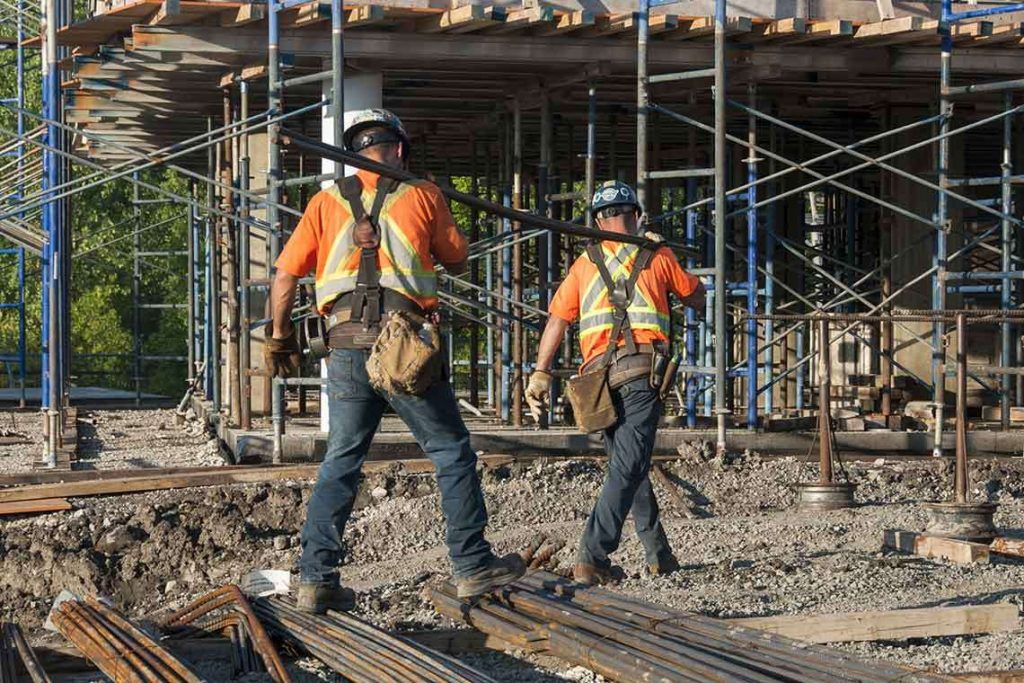
New technologies for more safer construction

Construction workers are the most professionals exposed to work accidents, as falling from high and towering places is the main occupational accidents that workers are exposed to in construction workplaces, which are often fatal accidents.
Despite these dangers, construction workers do not accept the modern technology that makes their jobs easier and safer, as they are afraid of losing their jobs because of a robot or any other machine, as they believe that if the robot can perform part of their task it will be possible to Lay them off.
But as a result of the dangers surrounding this profession, and with the technological advances in all areas, construction workers have become more receptive to new technologies that can improve the workplace and prevent injuries, and enable them to return home safely.
Here are 5 important techniques that have made construction sites safer:
- Exoskeletons

Exoskeletons vary from upper body supports to full suits. This is one of the techniques that help to perform various physical tasks, including helping to carry heavy objects and also relieving the muscular burden resulting from repetitive movements, which cause soft tissue injuries.
Exoskeletons are common in jobs that contain repetitive tasks, so contractors can use them for external finishing to avoid hands and shoulders injury which occur as a result of doing business for long periods.
2 .Wearables

Some people think that wearables are limited to wristwatches, GBS devices, but this is not true. Technological advances have allowed other techniques for contractors to perform their job safely, including:
First, goggles that allow recording and transferring of what one person sees to another person miles away, so the worker can consult his supervisor easily to minimize the risks that may occur.
Second, smart vests, which monitor the heart rate of the worker, body temperature, and sweating rate, and can detect the occurrence of a heatstroke. As well as sensing whether the worker stopped work or take off the vest or fallen down, and therefore can be quickly intervened to treat the person in case of any injury.
3. Virtual Reality Simulators

In light of the low investment in training new workers as a result of labor shortages, virtual reality simulation programs have eliminated this issue, as it enables new employees to be exposed to the difficult situations that they will face in real life, and it enables them to make mistakes and learn from them in a safe environment, to be avoided in real life.
4. Robots and Automated Machinery

Remote-controlled robots are one of the most important technologies on construction sites, especially because they are used in demolitions, to avoid the loss of any worker. Robots can also perform the most difficult tasks in construction. Brick-laying machines can build at a rate equivalent to 4 human workers.
However, the human worker cannot be replaced by machines, as there are some professional skills that required a human to do it, but machines are considered as an aid to the human worker.
5. Site Sensors

These devices sense temperature, humidity, pressure, dust and smoke particles, or any other particles that can affect the structural integrity of the building, so any problem will be detected early and addressed.
They are also equipped with alarms to alert workers about emergencies more quickly to evacuate the place early before any accidents.